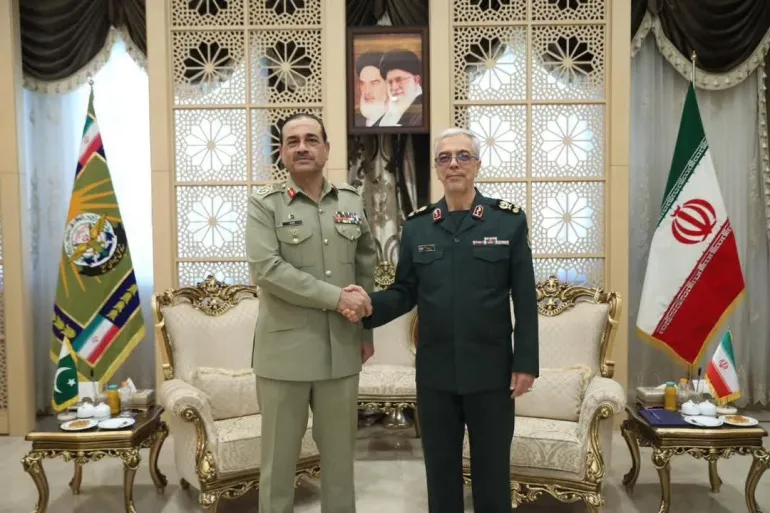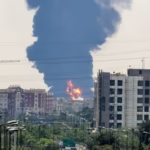Introduction
In a surprising diplomatic development, Pakistan’s army chief Field Marshal Asim Munir met directly with US President Donald Trump at the White House this week, marking a significant thaw in US-Pakistan relations after years of friction. While both sides hailed the meeting as a step forward, the evolving crises in Iran and Pakistan’s deep ties with China cast long shadows over this newfound warmth US-Pakistan relations.

Historic Trump-Munir Meeting at White House
The meeting between Trump and Munir, held behind closed doors without press coverage, lasted more than two hours—far exceeding the initially scheduled one-hour discussion. According to Pakistan’s Inter-Services Public Relations (ISPR), topics ranged from economic development, energy, and emerging technologies to the growing regional security crisis sparked by the ongoing Israel-Iran conflict.
Trump praised Pakistan’s cooperation against terrorism and thanked Munir personally. The army chief, in turn, expressed appreciation for Trump’s role in brokering a recent ceasefire between India and Pakistan after a brief but intense military flare-up in May 2025.
Key Diplomatic Challenges: Iran and China
Despite the positive optics, analysts caution that two major foreign policy challenges—Iran and China—could severely test the sustainability of this US-Pakistan thaw.
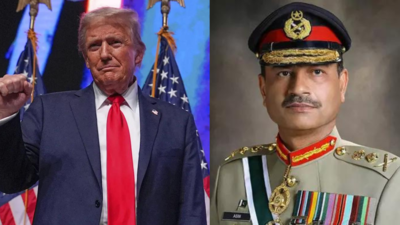
1. Iran Crisis Could Pull Pakistan Into Middle East Tensions
As the Israel-Iran war escalates, Trump has suggested US military involvement may increase. For Pakistan, which shares a border and close historical ties with Iran, this conflict presents a delicate balancing act. Pakistan’s leadership has emphasized peaceful diplomacy, even as it strongly defended Iran’s sovereignty against Israeli strikes, which recently killed senior Iranian military figures, including Major General Mohammad Bagheri.
“Every conflict is resolvable through dialogue and diplomacy,” Munir stressed during his meetings. Analysts argue that Pakistan’s proximity to Iran, significant Shia population (estimated at 15-20% of its 250 million citizens), and internal security dynamics make open alignment with US military action highly risky for Islamabad.
2. China Alliance Creates Strategic Dilemma
Simultaneously, Pakistan’s close partnership with China presents another challenge. China has invested over $62 billion in the China-Pakistan Economic Corridor (CPEC), which is a key component of Beijing’s Belt and Road Initiative. Militarily, more than 80% of Pakistan’s defense imports come from China, including advanced fighter jets and missile systems showcased in its recent conflict with India.
While Washington views China as its principal strategic rival, Pakistan relies on Beijing for economic development, military technology, and regional backing. Security expert Muhammad Faisal described Pakistan’s strategy as one of “no-camp politics”, allowing it to navigate between both superpowers while avoiding open confrontation.
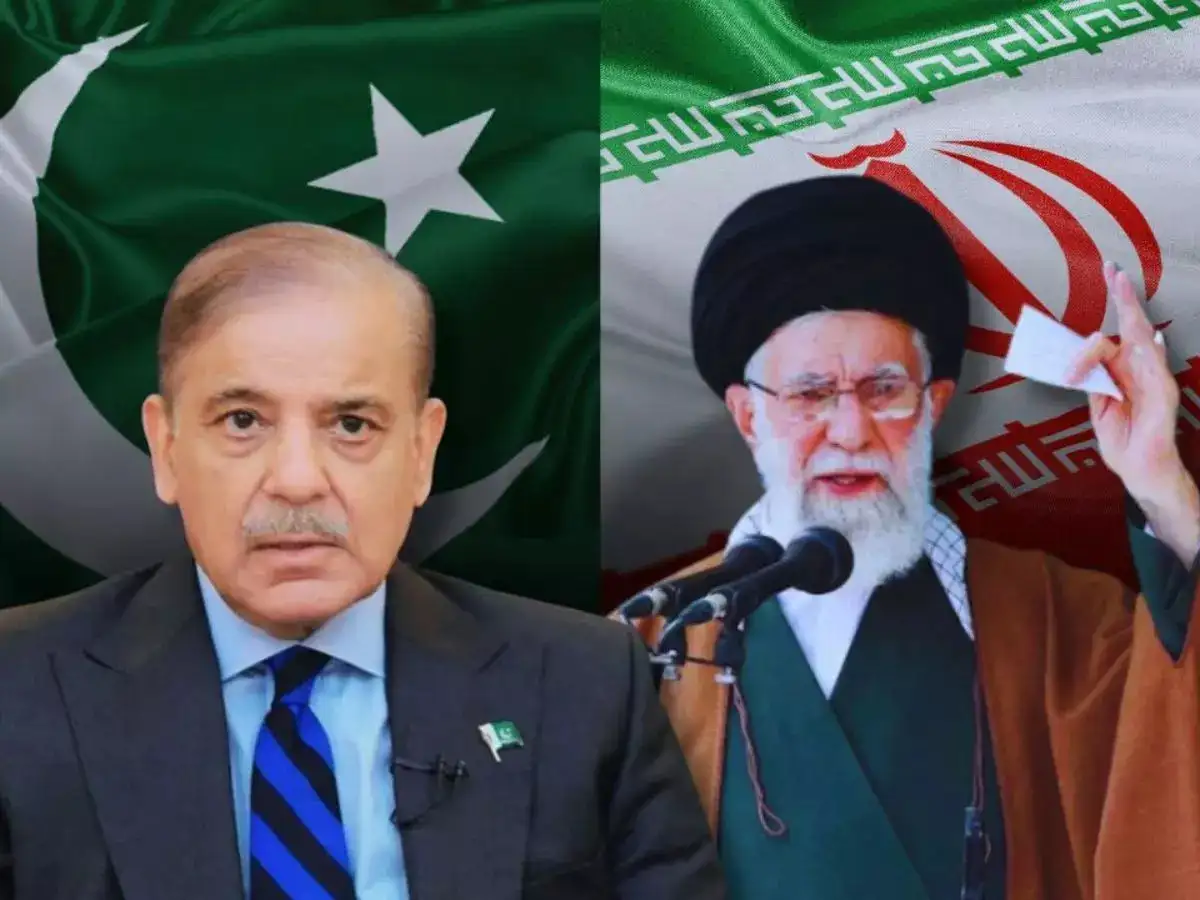
“In the long run, both [China and the US] are crucial for Pakistan in their own right. Islamabad can leverage this competition to maintain diplomatic space and cooperation with both,” Faisal noted.
Significant Diplomatic Upswing for Pakistan
Despite these challenges, experts view Munir’s high-level visit as a diplomatic success for Islamabad, particularly in light of historically tense relations with the US, especially during the Biden administration. Over the past two decades, Washington has provided more than $30 billion in aid to Pakistan while simultaneously accusing it of playing a “double game” regarding terrorism and regional security.
Elizabeth Threlkeld from the Stimson Center in Washington, DC, called the meeting a “significant upswing” in bilateral ties. She emphasized Trump’s preference for personal relationships in foreign policy, suggesting that Munir successfully capitalized on this opportunity to build rapport amid the region’s shifting power dynamics.
Internal Political Calculations in Washington and Islamabad
Though Trump’s diplomacy remains unpredictable, some analysts suggest Islamabad could strike tactical agreements with Washington to secure favorable terms while resisting unrealistic demands. Sahar Khan, a DC-based security policy expert, noted:
“Munir’s message to the Trump administration is: take time to understand Pakistan’s interests beyond the narrow lens of India, China, or Afghanistan.”
Pakistan as a Potential Mediator in the Iran Crisis?
Some observers argue that Pakistan’s unique position could allow it to serve as a mediator between Washington and Tehran. Its regional influence, border proximity, and religious links with Iran give Islamabad potential leverage to push for diplomacy—an outcome strongly aligned with Pakistan’s own security interests.
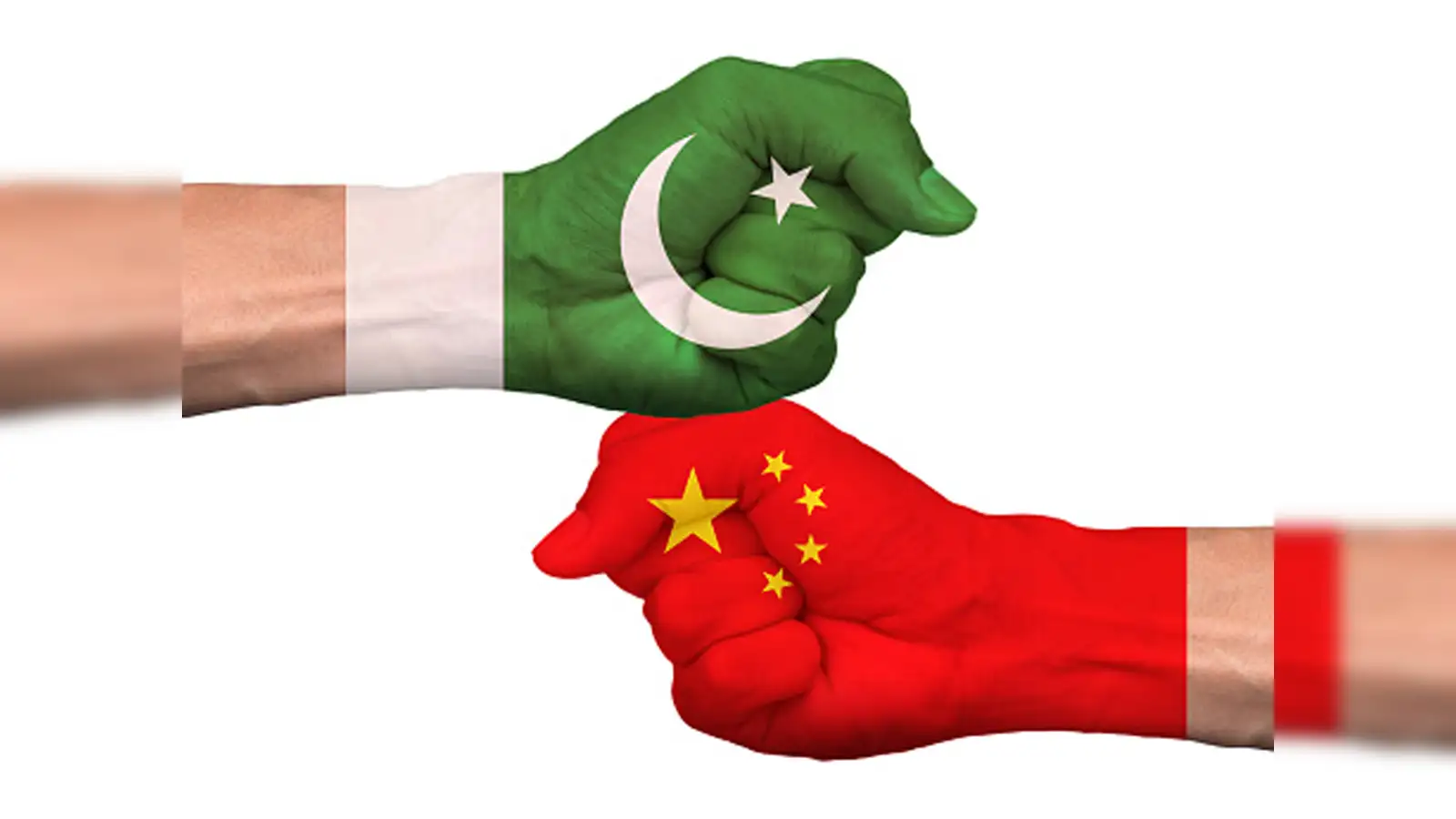
However, any perception of Pakistan leaning too closely toward US military objectives in the Middle East could ignite sectarian unrest domestically and destabilize its own internal security landscape.
Conclusion: High Stakes, Delicate Balance
As the US-Pakistan relationship warms under Trump’s administration, Islamabad faces its most challenging diplomatic balancing act in years. Its tightrope walk between Iran, China, and the United States reflects the complexity of today’s multipolar geopolitical environment. Whether this latest thaw leads to long-term cooperation or new friction points remains to be seen as global crises continue to evolve.
Stay updated on the latest Middle East conflict developments here.
External Reference
Image



